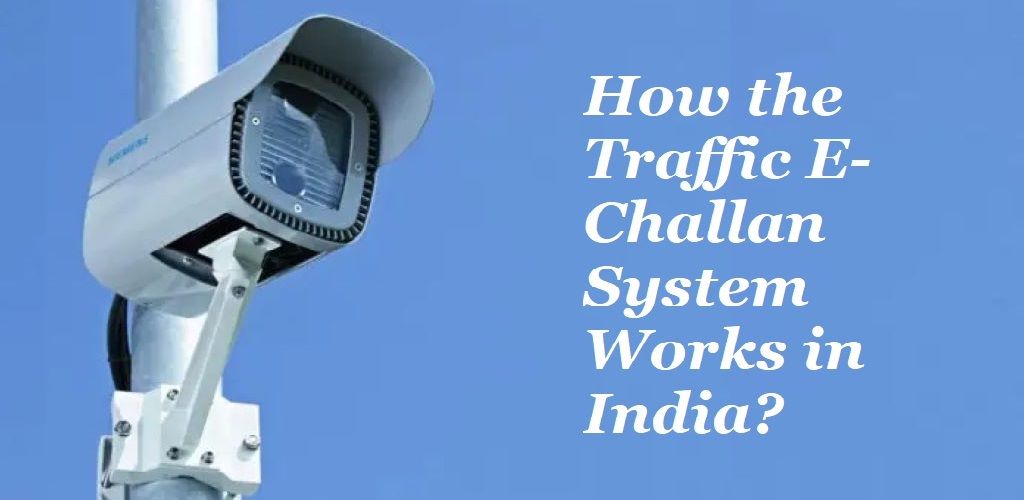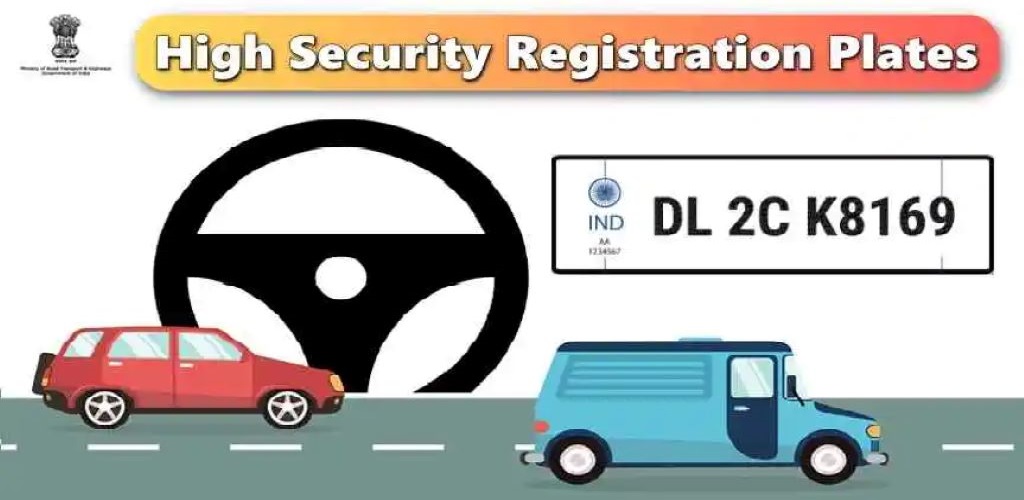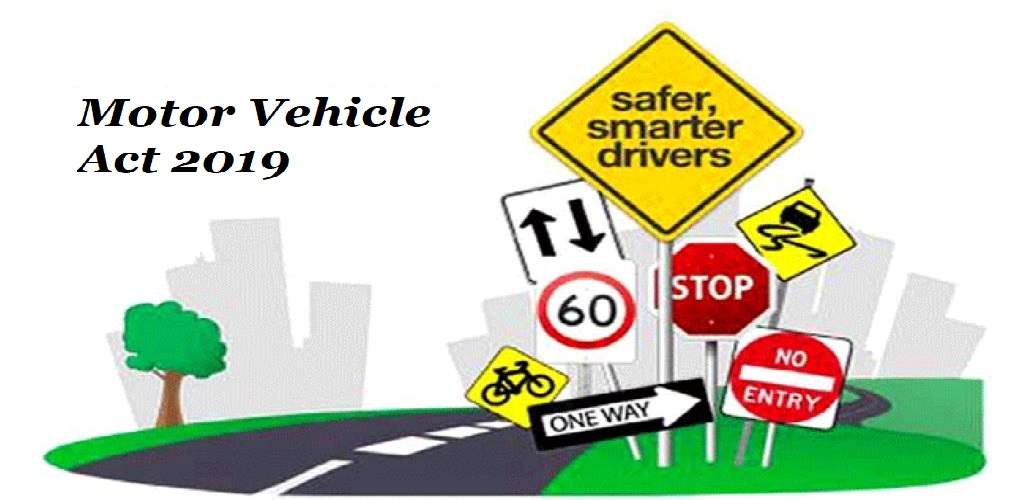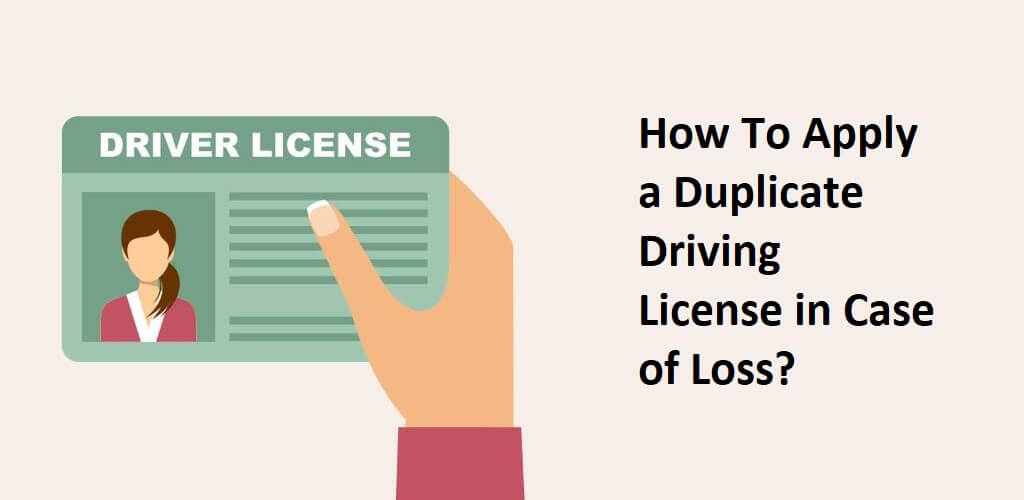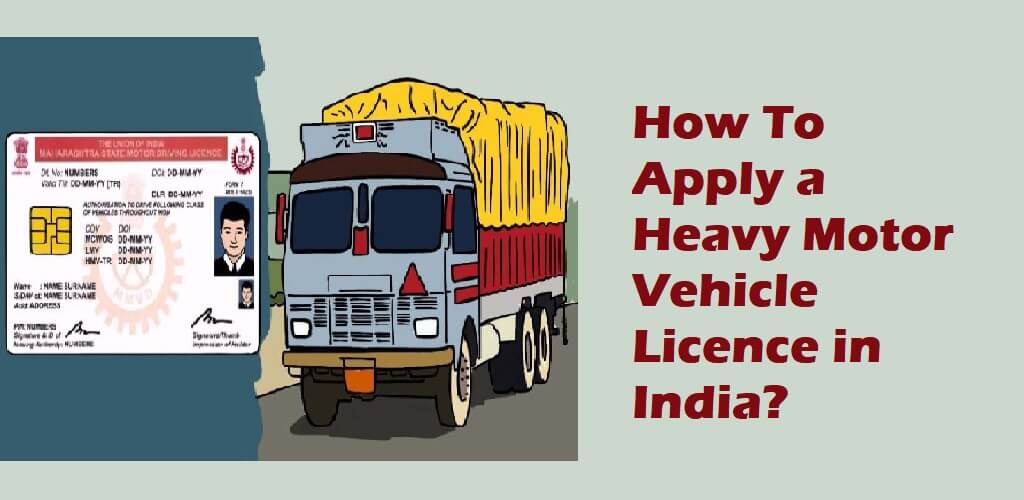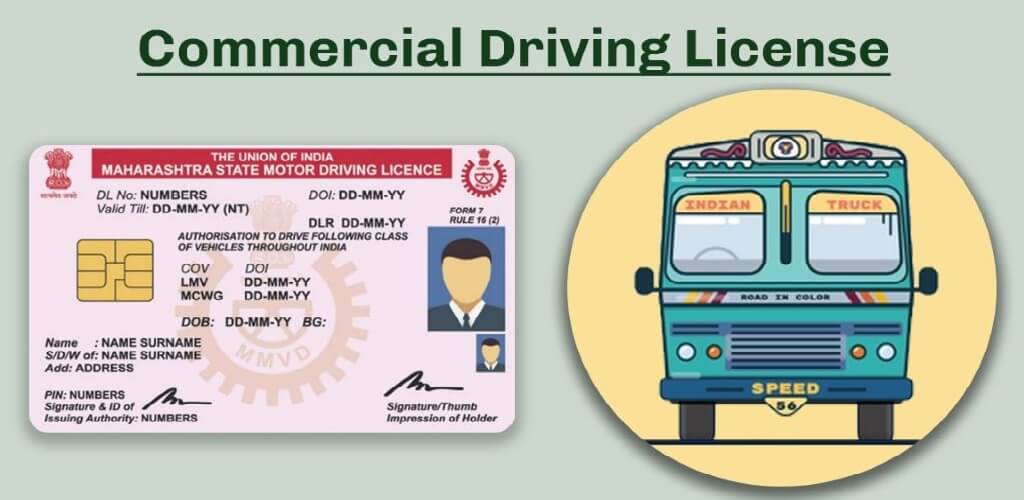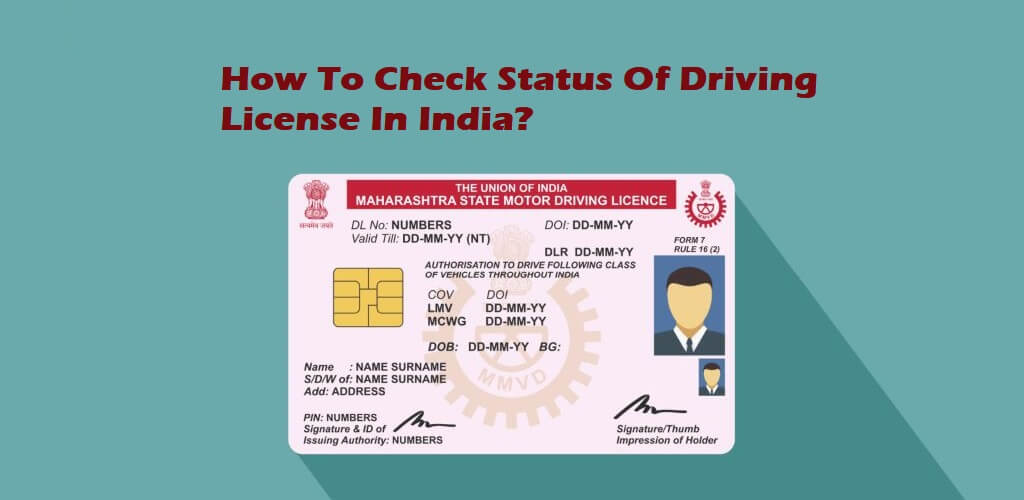The traffic e-challan system is a revolutionary step towards digitizing traffic management and enforcement in India. Introduced to streamline the process of issuing and paying fines for traffic violations, this system aims to make the process more transparent, efficient, and less prone to corruption. This article delves into the workings of the traffic e-challan system, its benefits, and its impact on the Indian roadways.
Understanding the E-Challan System
The e-challan system is an electronic format of the traditional paper-based challan issued for traffic violations. It integrates multiple functionalities such as detection of traffic offenses, issuance of challans, and collection of fines, all within a digital framework. Here’s a step-by-step explanation of how the e-challan system operates:
- Detection of Traffic Violations:
The detection of traffic violations is the first step in the e-challan process. This is primarily done through:
- Surveillance Cameras: Advanced cameras installed at strategic locations monitor traffic 24/7. These cameras capture images and videos of vehicles breaking traffic rules such as jumping red lights, speeding, not wearing helmets, or using mobile phones while driving.
- Handheld Devices: Traffic police officers are equipped with handheld devices that can capture real-time images of the violation and automatically upload them to the central server.
- Automatic Number Plate Recognition (ANPR): This technology is used to automatically read and recognize vehicle number plates. It helps in identifying the vehicle involved in a traffic violation even if it is in motion.
- Data Processing and Verification:
Once a violation is detected, the captured data (images/videos) is sent to a central processing unit. The steps involved in data processing and verification include:
- Data Analysis: The images and videos are analyzed to confirm the violation. This step involves checking the time, date, and location of the offense.
- Vehicle Identification: The vehicle’s registration number is identified using ANPR technology. The data is then cross-referenced with the vehicle database to obtain the owner’s details.
- Violation Verification: Trained personnel or automated systems verify the authenticity of the violation. False positives, such as errors due to poor image quality or incorrect ANPR readings, are filtered out at this stage.
- Issuance of E-Challan:
After verification, an e-challan is generated and issued to the vehicle owner. This includes:
- Details of the Violation: The e-challan contains all relevant details such as the nature of the violation, date, time, location, and the penalty amount.
- Multimedia Evidence: Images or video clips of the violation are included in the e-challan to provide evidence and ensure transparency.
- Notification: The e-challan is sent to the vehicle owner through multiple channels such as SMS, email, and postal mail. This ensures that the owner is promptly informed of the violation and the corresponding fine.
- Payment of E-Challan:
The vehicle owner has several options to pay the e-challan:
- Online Payment: The most convenient method is through online portals or mobile applications provided by traffic authorities. Owners can pay using credit/debit cards, net banking, or e-wallets.
- Offline Payment: Payment can also be made at designated traffic police stations, banks, or specific kiosks set up for e-challan payments.
- PayTM and Other Payment Apps: Some regions also allow payments through popular digital payment apps like PayTM, which provide an easy and user-friendly interface for paying fines.
Benefits of the E-Challan System
The e-challan system brings multiple benefits for both traffic authorities and the public:
Transparency:
The inclusion of multimedia evidence with the e-challan ensures that the process is transparent. Vehicle owners can clearly see the reason for the fine, reducing disputes and corruption.
Efficiency:
Automating the detection, issuance, and payment processes reduces the workload on traffic police and speeds up the entire process. This allows for quicker resolution of traffic violations.
Accountability:
The system increases accountability among traffic violators as they can no longer escape fines through bribes or influence. The digital trail ensures that every violation is recorded and acted upon.
Convenience:
For the public, the e-challan system offers the convenience of paying fines online from anywhere and at any time. This eliminates the need to visit traffic police stations or stand in long queues.
Improved Traffic Management:
By ensuring stricter enforcement of traffic rules, the e-challan system helps in improving overall traffic management. This leads to better road safety and reduced incidents of traffic violations.
Impact on Traffic Enforcement
The introduction of the e-challan system has significantly impacted traffic enforcement in India:
Increased Compliance:
With the fear of being caught on camera and the ease of payment, more drivers are now adhering to traffic rules. This has led to a noticeable decrease in common violations such as speeding and jumping red lights.
Revenue Generation:
The efficient collection of fines has boosted the revenue for traffic authorities. This additional revenue can be used for further improvements in traffic infrastructure and enforcement technologies.
Data-Driven Decision Making:
The data collected through the e-challan system provides valuable insights into traffic patterns and common violations. Authorities can use this data to make informed decisions regarding traffic management and policy changes.
Challenges and Future Prospects
While the e-challan system has brought about significant improvements, there are still challenges that need to be addressed:
- Technical Issues:
Technical glitches such as poor image quality, incorrect ANPR readings, or system downtimes can affect the accuracy and efficiency of the e-challan system.
- Public Awareness:
There is a need for greater public awareness about the e-challan system, its benefits, and the process for paying fines. Continuous efforts in educating the public are essential.
- Integration with Other Systems:
Integrating the e-challan system with other databases such as insurance, vehicle registration, and driving licenses can enhance its effectiveness. This requires robust inter-departmental coordination.
- Handling Disputes:
A transparent and efficient dispute resolution mechanism is necessary to handle cases where vehicle owners contest the e-challan. This can help in maintaining public trust in the system.
Document Required for Challan Payment
When paying an e-challan, vehicle owners should have the following documents ready:
- Vehicle Registration Certificate (RC): To verify the ownership of the vehicle.
- Driving License: To validate the driver’s credentials.
- E-Challan Notice: The notice received via SMS, email, or postal mail containing the challan details.
- Identity Proof: Such as Aadhar card, passport, or voter ID for verification.
Additional Tips for Handling E-Challans
- Timely Payment: Ensure you pay the e-challan within the stipulated time to avoid additional fines or legal action.
- Record Keeping: Keep a record of all e-challan payments for future reference.
- Stay Updated: Regularly check for any new traffic regulations or changes in the e-challan system.
- Dispute Resolution: If you believe a challan has been wrongly issued, follow the official process for contesting it promptly.
The e-challan system represents a significant step towards modernizing traffic enforcement in India, ensuring greater adherence to traffic rules, and enhancing road safety for everyone.
Conclusion
The traffic e-challan system in India is a transformative initiative that leverages technology to enhance traffic enforcement and management. By making the process of issuing and paying fines more transparent, efficient, and convenient, it encourages better compliance with traffic rules and contributes to safer roadways. As the system continues to evolve and integrate with other technological advancements, it holds the promise of further improving traffic management in India.
Frequently Asked Questions
You can check for any e-challans issued against your vehicle by visiting the official traffic police or e-challan website of your state, entering your vehicle registration number, and viewing the details.
Yes, you can contest an e-challan by following the dispute resolution process provided by the traffic authorities. This typically involves submitting a written appeal along with evidence supporting your claim.
E-challans can be paid online through traffic police websites, mobile applications, digital payment platforms like PayTM, or offline at designated traffic police stations, banks, or kiosks.
Failure to pay an e-challan on time can result in additional fines, legal notices, or even court summons. It may also lead to issues with vehicle registration renewals or other legal complications.
Yes, there is usually a deadline mentioned on the e-challan notice. It’s important to pay within this time frame to avoid penalties or further legal action.
Common traffic violations that can result in an e-challan include speeding, jumping red lights, not wearing seat belts or helmets, using mobile phones while driving, and illegal parking.
Generally, there are no additional charges for paying an e-challan online. However, payment platforms may levy a nominal service fee in some cases.
To avoid receiving an e-challan, always adhere to traffic rules and regulations, ensure your vehicle documents are up to date, and follow road safety guidelines diligently.
Yes, most online payment portals allow you to pay multiple e-challans at once. Simply enter your vehicle details, select all pending challans, and proceed with the payment.
The penalty amount is determined based on the nature of the traffic violation as per the Motor Vehicles Act and state-specific traffic rules. Each type of violation has a predefined fine.
E-challans are being progressively implemented across various states in India. Major metropolitan areas and urban regions are typically the first to adopt the system, with expansion to other regions ongoing.
Any pending e-challans must be settled before transferring the ownership of a vehicle. New owners are not liable for fines incurred by the previous owner if the challans are cleared at the time of sale.
If you receive an e-challan for a vehicle you have sold, contact the traffic police with proof of sale and the transfer of ownership documentation to resolve the issue.
Yes, the e-challan system is designed to account for different types of vehicles, including two-wheelers, four-wheelers, and commercial vehicles, ensuring appropriate penalties based on vehicle type and violation.

